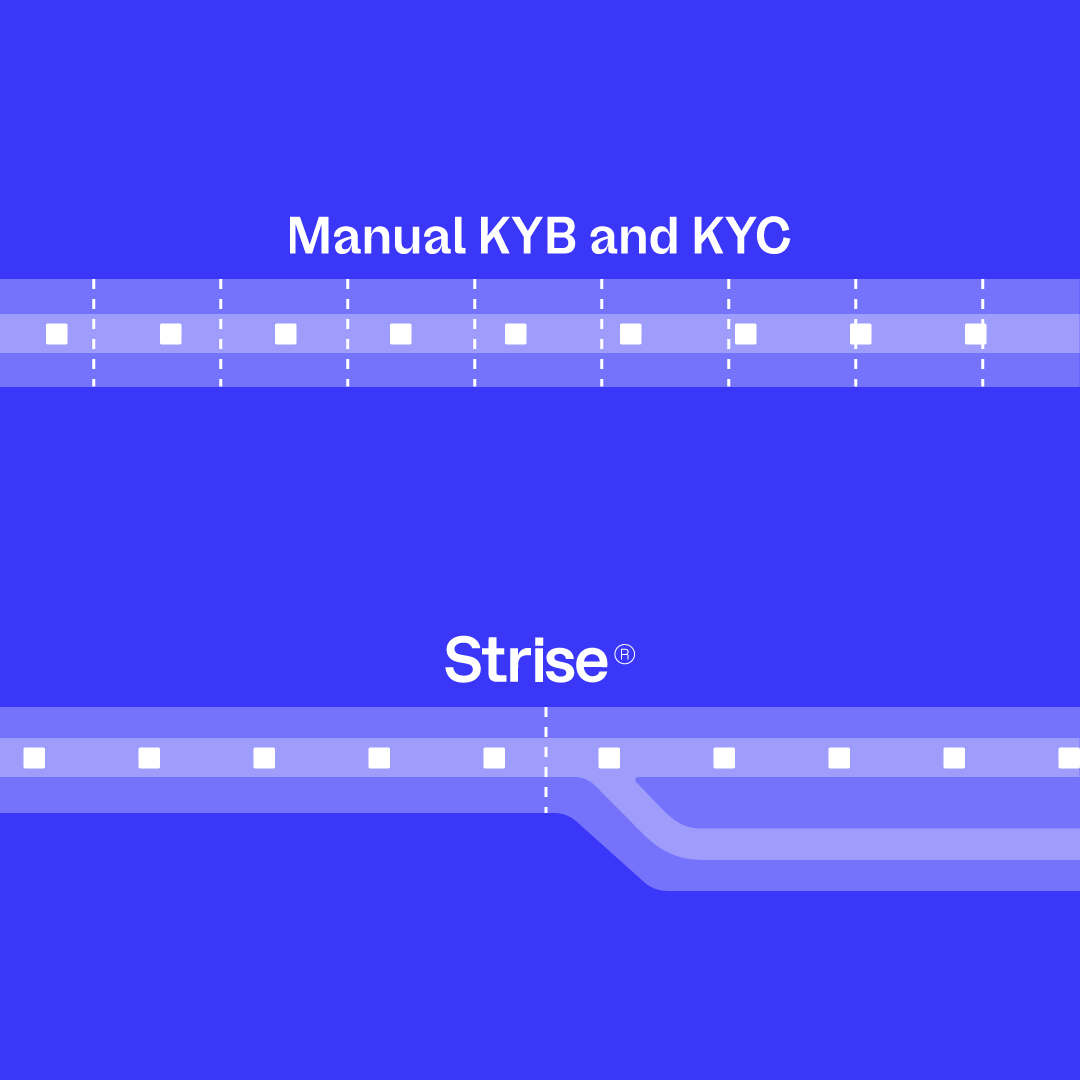Are low-risk KYB onboarding cases clogging your pipeline?
The hidden cost of screening everything the same way
Many teams still review every case top to bottom, even those that pose no real risk. As onboarding volumes grow, low, medium, and high-risk customers all end up in the same queue.
It means more time spent reviewing low-risk customers instead of surfacing those that need urgent attention.
Clean cases slow everything down.
High-risk alerts get buried.
And analysts get stuck on sorting instead of solving.
Start with risk, not randomness
Strise helps compliance teams automatically prioritize onboarding queues using real risk signals, not ticket order or manual guesswork.
This means you can:
- Deliver your riskiest cases for review first
- Delegate low-risk cases automatically, based on your rules
- Flag complex or unclear cases for immediate attention
Every case still gets screened, but now they’re handled in the right order.
.gif)
The right cases, in the right order
An analogy helps: it’s like airport security. Instead of all mixed cases in a random line, high-risk entities are moved to the top, already sorted by your logic.
This isn’t just queue sorting, it’s automated prioritization for your entire workflow.
Because it’s fully customizable, you stay in control:
- Set risk thresholds
- Build logic around your team’s expertise
- Route the right cases to the right people

Real ROI, not just time saved
You can’t scale your team for every onboarding surge, but you can make sure the time they have is focused where it counts.
Some Strise customers automate KYB review of millions of entities annually, freeing teams to spend time where it has the most impact.
For regulated businesses, automating onboarding of low-risk customers means:
- Lower operating costs
- Faster response to real risk
- A sharper customer experience in a sea of sameness
Frequently asked questions
What is the difference between KYC and KYB?
What is perpetual KYC/KYB?
Who are the top vendors in 2025?
Goodbye, backlogs
Hello, AML automation
We're entering a new era where AML teams eliminate compliance backlogs and fight financial crime with unmatched efficiency. No longer just a cost center, financial crime units become a vital driver of business success. AI is powering this transformation, and it's happening now!


